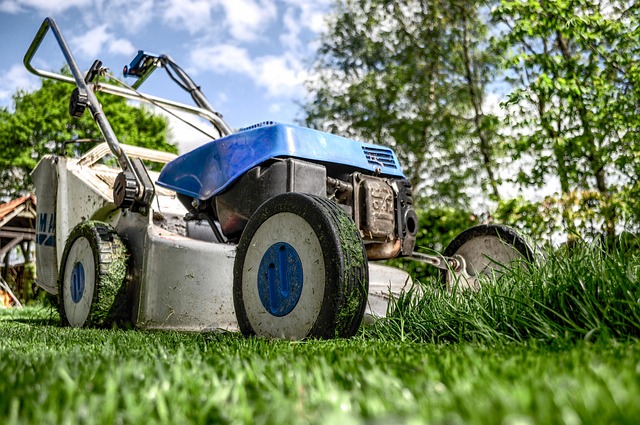Seasonal Plant Care and Pest Management Essentials
Seasonal plant care and pest management are core responsibilities in ground maintenance roles. This overview highlights seasonal priorities, routine tasks, and integrated pest strategies that help maintain healthy turf and planting areas while supporting sustainable practices and safe operations.

Seasonal attention to plant care and pest control helps landscapes remain functional, safe, and attractive throughout the year. Ground maintenance professionals balance routine tasks—like mowing and irrigation—with seasonal adjustments such as pruning and fertilization. Effective scheduling, proper equipment selection, and adherence to safety and certification standards reduce risks and improve long-term plant health. Integrating composting and sustainable approaches can lower inputs while supporting soil resilience and reducing pest pressure over time.
How does turf care and mowing change by season?
Turf management shifts with temperature, rainfall, and use patterns. Spring and autumn typically require more frequent mowing and overseeding when growth rates and recovery are high, while summer needs careful height management to reduce heat stress. Routine mowing promotes denser turf but should follow height guidelines for species to avoid scalping. Aeration, dethatching, and targeted fertilization also vary with season; these tasks support root development and reduce compaction that can worsen pest and disease outbreaks.
What are irrigation and scheduling best practices?
Irrigation scheduling should reflect seasonal evapotranspiration, soil type, and plant needs. In spring and fall, supplemental irrigation often supports establishment and growth with less frequent but deeper watering. During hot months, scheduling shorter cycles early or late in the day reduces evaporation and disease risk. Automated irrigation systems require seasonal checks to prevent leaks and ensure even coverage. Coordinating irrigation with mowing and fertilization schedules enhances nutrient uptake and reduces runoff.
When and how should pruning be performed?
Pruning timing depends on species and desired outcomes: structural pruning is commonly done in late winter or early spring for many trees and shrubs, while dead or diseased wood can be removed anytime. Pruning helps maintain plant form, reduces storm damage risk, and can limit pest habitat when done correctly. Use clean, sharp tools and follow safety protocols. Avoid heavy pruning during periods of active growth unless necessary, and consider certification or training for more complex tree work.
How do composting and fertilization support plant health?
Composting returns organic matter to soil, improving structure, moisture retention, and microbial activity that suppresses some pests. Incorporating finished compost into beds and turf areas can reduce reliance on synthetic inputs. Fertilization should be based on soil tests and seasonal needs—lighter, frequent applications during active growth phases tend to be more efficient than large single doses. Match fertilizer type and timing to plant species and local regulations to minimize nutrient runoff and environmental impacts.
What equipment, safety, and certification should be prioritized?
Selecting appropriate equipment—mowers, pruners, aerators, and irrigation controllers—improves efficiency and worker safety. Regular maintenance, correct personal protective equipment, and training reduce accidents and downtime. Many jurisdictions require or recommend certifications for pesticide application, tree care, or irrigation scheduling; maintaining up-to-date training helps ensure compliance and demonstrates professional standards. Safety protocols should include lockout/tagout procedures, noise and eye protection, and safe handling practices for fuels and chemicals.
How can sustainability and pests be managed together?
Integrated pest management (IPM) blends monitoring, cultural controls, mechanical measures, and targeted chemical use only when necessary. Enhancing plant health through proper fertilization, composting, and irrigation reduces vulnerability to pests. Cultural strategies—such as selecting resilient plant varieties, rotating planting areas, and maintaining appropriate plant spacing—limit pest proliferation. Biological controls and habitat support for beneficial insects can reduce pesticide needs. Documentation and regular inspections help detect issues early and guide proportionate responses without compromising sustainability goals.
Conclusion Seasonal plant care and pest management require coordinated practices across turf maintenance, irrigation, pruning, fertilization, and waste management. Prioritizing scheduling, appropriate equipment, safety measures, and relevant training or certification supports consistent performance and reduces long-term inputs. Emphasizing sustainable practices—like composting and IPM—helps maintain resilient landscapes while minimizing environmental impacts.





